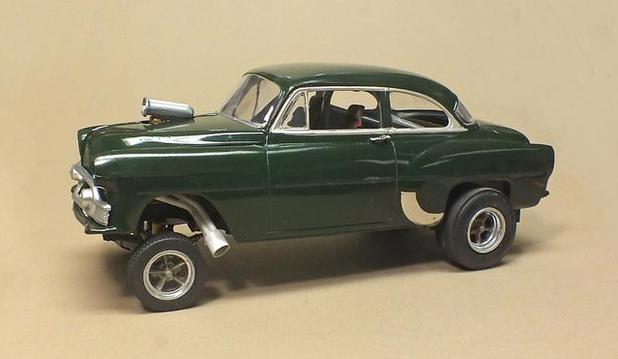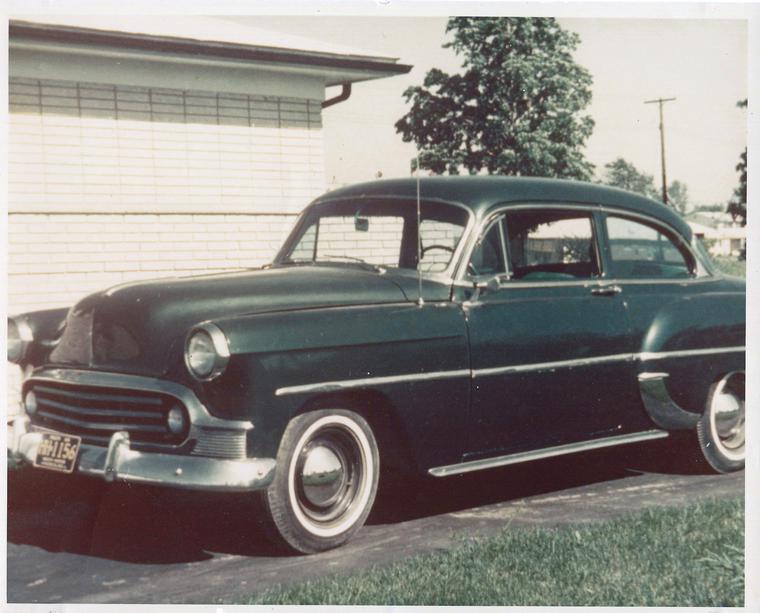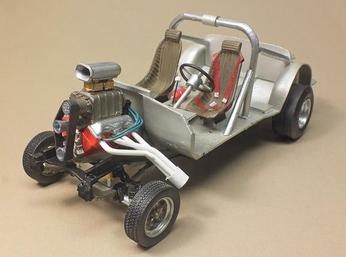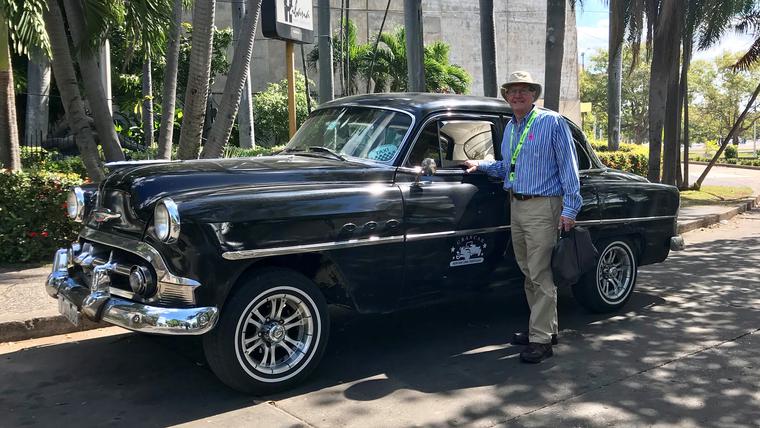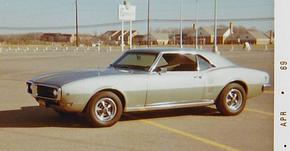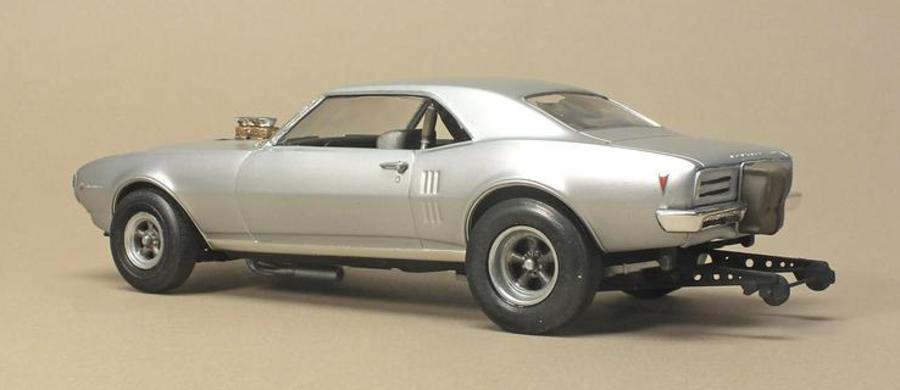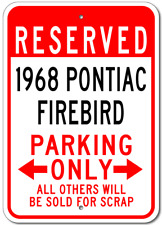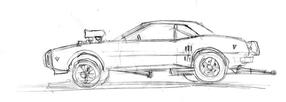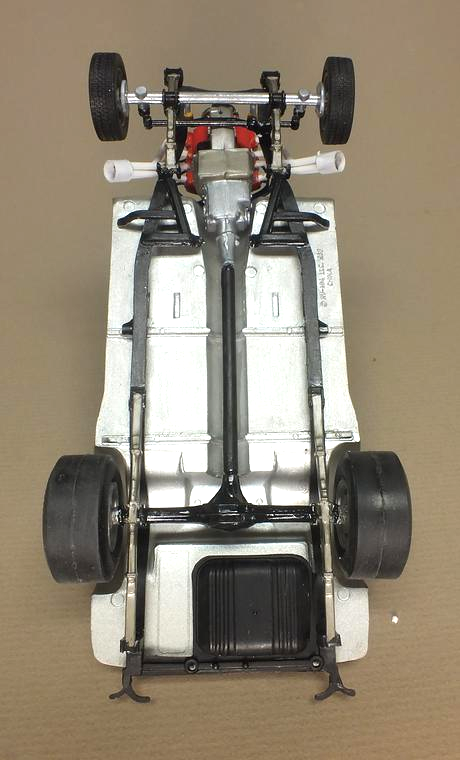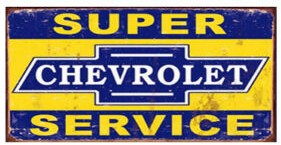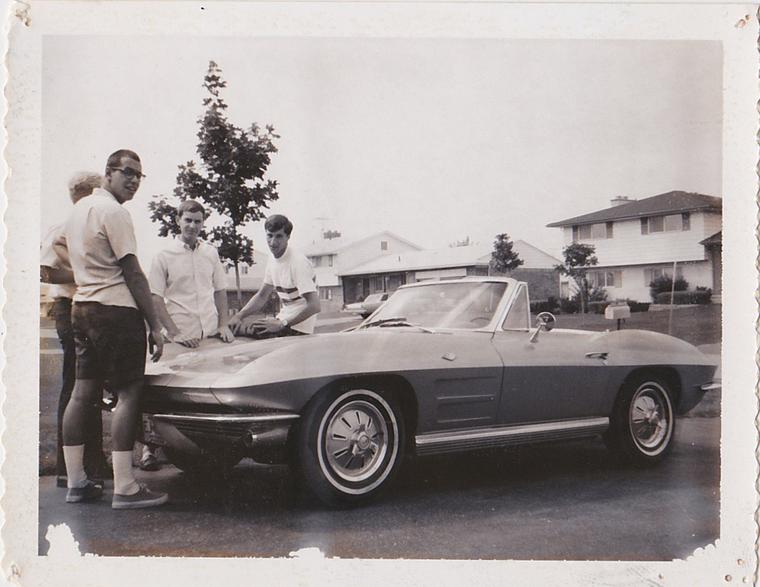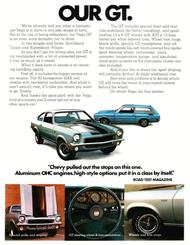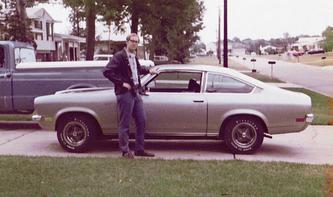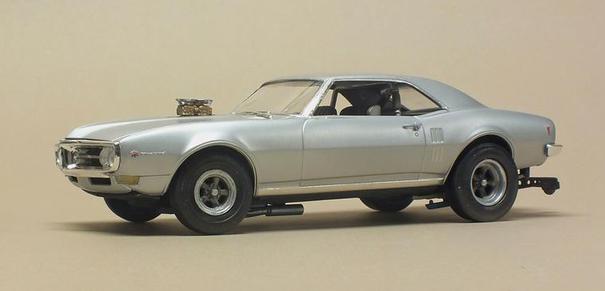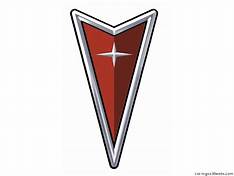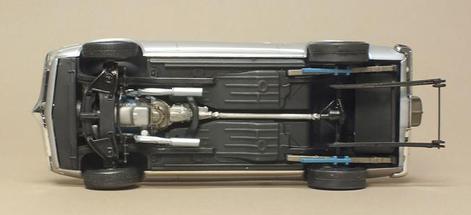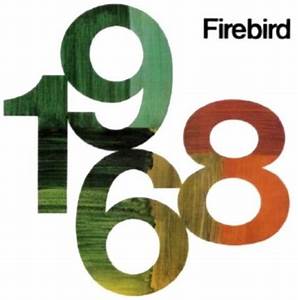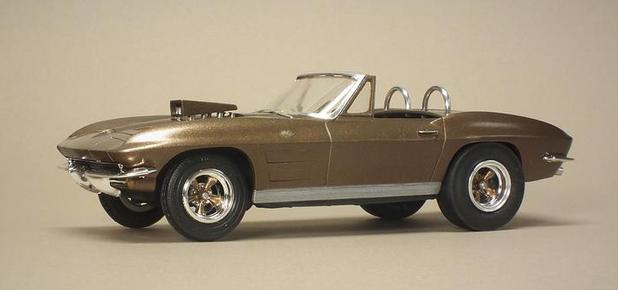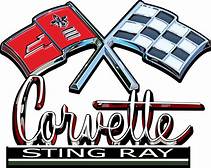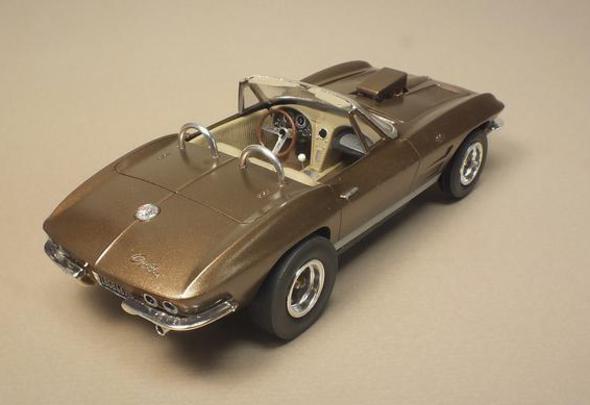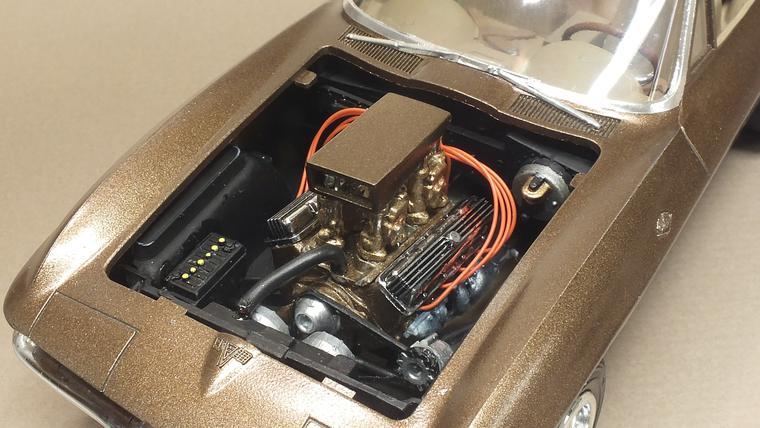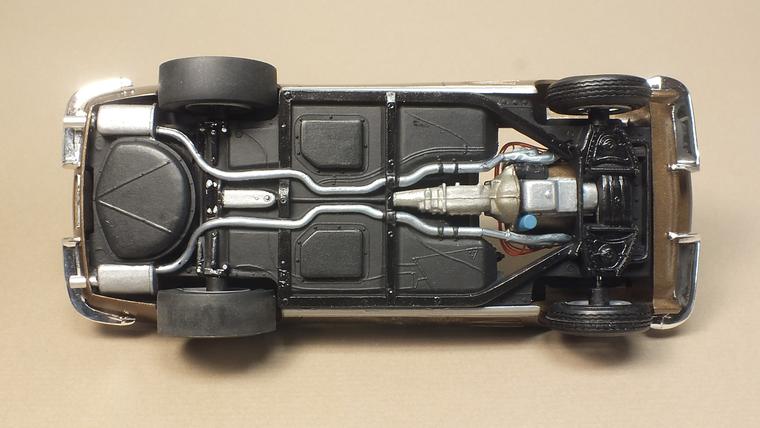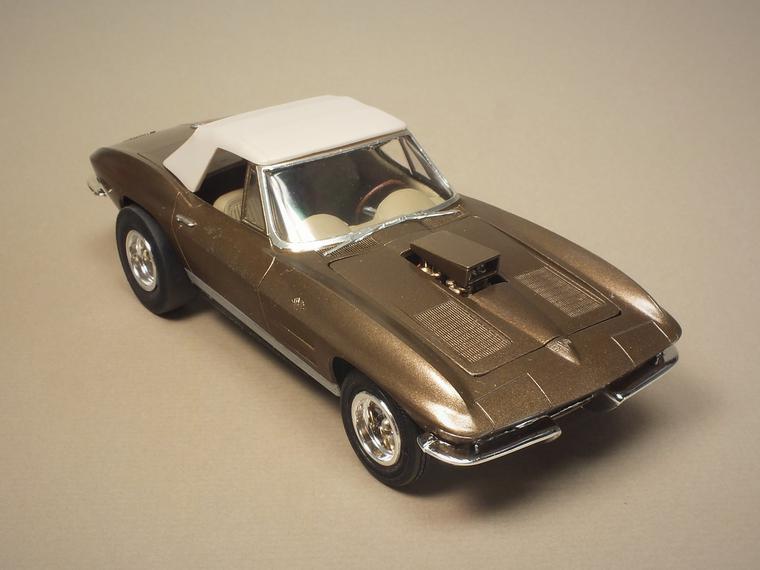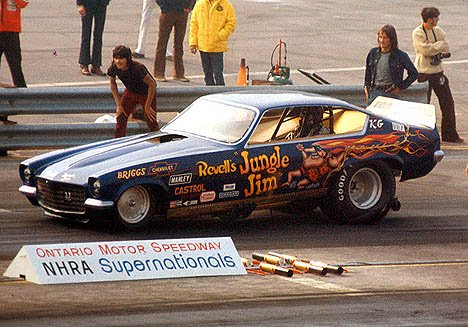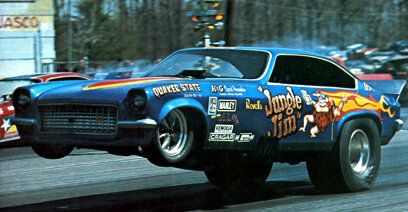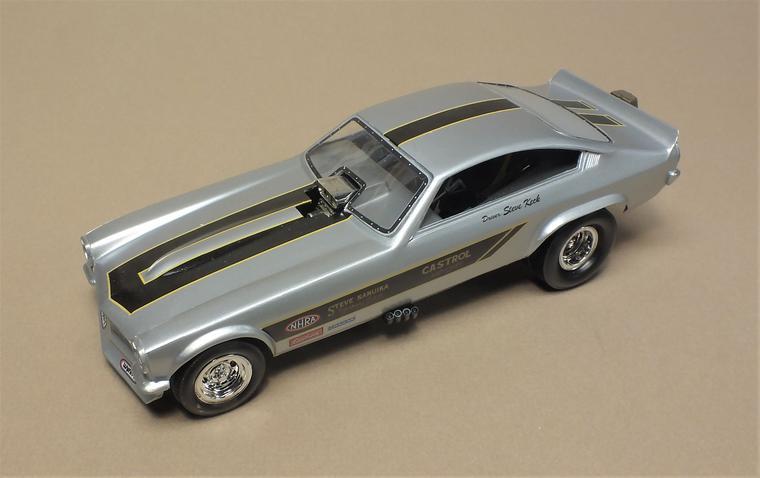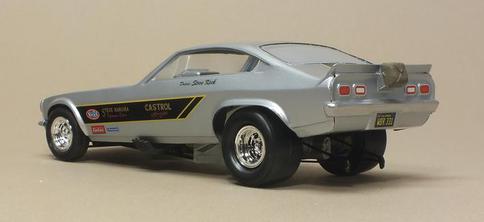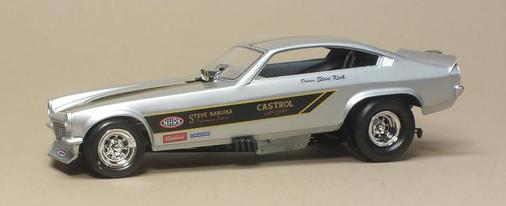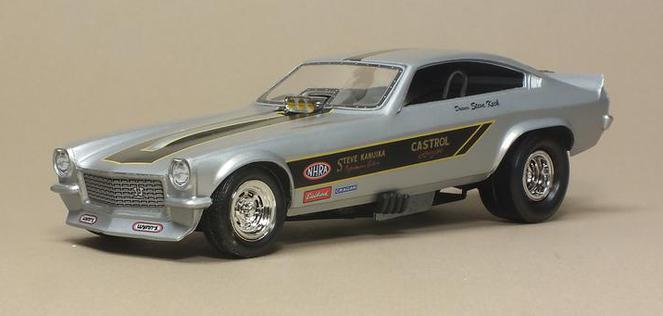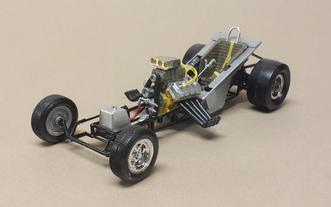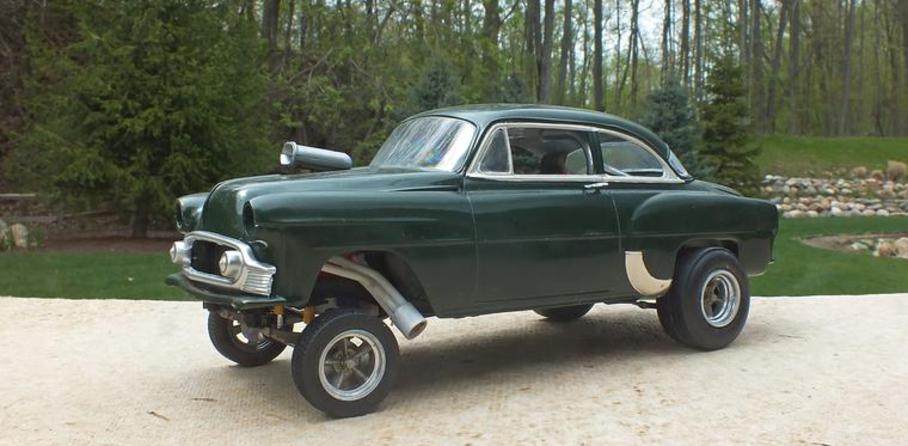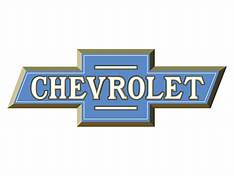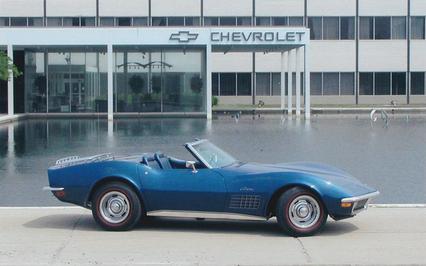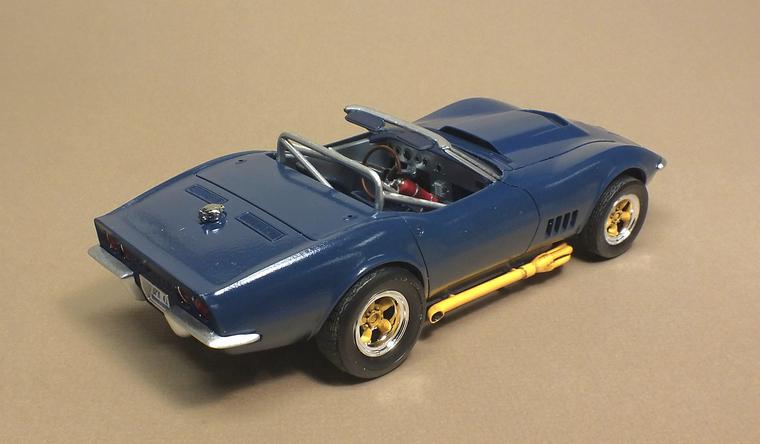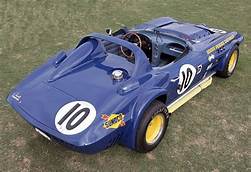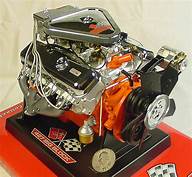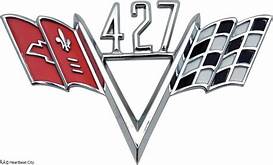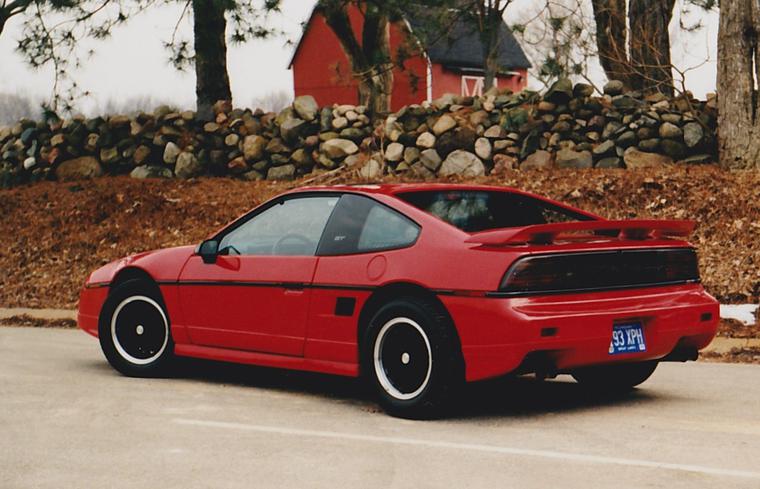MY CARS
1953 CHEVROLET
The first car I ever owned was this 1953 Chevrolet 2-dr sedan. I paid $100 for it at a used car lot. It had been mildly customized with a tubular grille but retained its original 6-cylinder engine. I added the baby moons and whitewalls to the tires. I drove it my senior year in high school and to my first job at the GM Technical Center.
The model was built to represent a drag race version of the car...a 'gasser'. Cars fitted with drag slick rear tires, lifted front ends to aid weight transfer and hopped up engines were all the rage in the 1960s. This is what my high-school car might have looked like had I had the money to build it!
While on a trip to Havana, Cuba in March of 2019, I came across a car much like the one I owned and modeled. Except for the portholes on the front fender and the trick aluminum wheels, this was a nicely restored car. I don't know what engine was in it, but most of the 7000 period American cars in Havana have had engine swaps.
1968 PONTIAC FIREBIRD
The first new car I owned was a Springmist Green 1968 Pontiac Firebird purchased as I entered college. It was equipped with the 350 cubic inch V-8 and 4-spd manual transmission. The car had a black interior. I drove it for over 75,000 miles including two trips from Michigan to California.
The starting point for the model was a Revell '68 Firebird 400 kit. the body was painted with Testor's Gloss Metallic Silver. Twin velocity stacks are fitted to the 4-bbl carbs on the blower. The wheelie bar assembly was scratchbuilt and the fuel tank was removed in order to accommodate it. Wheels and tires were from the kit. Seat belts and a fire suppression system were added to the interior.
Cover of 1968 Firebird dealer brochure
Concept sketch for model
The models on this page are inspired by cars that I owned (or in one case were owned by a close friend) or were otherwise a part of my life. The story of each model is presented along with how the model was built. The cars are presented here in the order of the age of the car with the oldest vehicles first and the newest at the bottom.
1964 CORVETTE CONVERTIBLE
A fraternity brother, Pete, (sitting on the car) bought this nice saddle tan, 1964 Corvette convertible, 327 4-spd, from another fraternity brother complete with a hotter cam.. My biological brother (left) and me (center) were photographed with the car in the driveway of our home in Farmington, MI. As I recall, this was the first time I saw the car.
1972 CHEVROLET VEGA
After I sold the Firebird, I ordered a silver Chevy Vega GT. Yes, it was a step down from the Firebird, but I was in graduate school and was more cost conscious. The car had the optional 'skunk stripe' as in the brochure photo (right). It was the last manual transmission car I ever ordered. As far as "doing everything well"...I'm not sure!
The model was built from a Revell kit with enhancements. The Chevy 409 engine is blown with fuel flowing through two 4-bbl carburetors. The exhaust headers were scratchbuilt from .080 diameter plastic rod. The seat belts and harness were made from painted masking tape and a fire extinguisher was added between the seats. The roll bar was made from sprue material from the kit. The shifter is a round-head pin. The front and rear wheels and tires were purchased on eBay. The steering wheel is from a kit of an Indy roadster.
The model was built from an AMT 1963 Corvette kit. The exterior color is Testor's Bronze Extreme Lacquer. The 427 engine from the kit was used with 8 Weber carburetors fitted. An opening was cut in the stock hood for clearance and a simple scoop was scratchbuilt from styrene. The wheels and tires are from the AMT 1963 Corvette coupe kit. The two roll bars are made from 20 gauge aluminum wire. The exhaust tips are 1/8" diameter aluminum tubing.
Styrene rod was used to fabricate a 'filler' between the kit's headers and the molded-in exhaust pipes on the underbody. The convertible top was left unpainted as I felt the color was perfect with the bronze paint. It was given a coat of Testors Flat Lacquer.
There was a Vega-bodied funny car campaigned by "Jungle Jim" and Revell was one of the sponsors. A Revell model of the car was used as the basis for an interpretation of my old silver and black Vega. I must say that the Revell kit is really lousy! It has way too many very tiny and very fragile parts. Many of the small parts are also plated and so don't go together without striping the plating. The instructions are vague and many parts don't have needed locating provisions. I replaced the long, fragile parts with brass wire.
The blown Hemi is from the kit but the wheels are swapped from another as was the injector/scoop. The wired distributor is a commercial item.
Besides the silver paint, I wanted a stripe scheme inspired by the black 'skunk stripes' that were on my Vega GT. I created this more contemporary stripe scheme with decals from my scrap box. They are, in fact, the black stripes outlined in gold intended for an S scale (3/16") model of a Baltimore & Ohio EMD F unit diesel locomotive. Additional gold stripes were added where the black stripes end. The sponsor decals are from miscellaneous kits.
This is a photo of the model taken outside on an elevated surface.
1971 CORVETTE CONVERTIBLE
I had to pleasure of owning this 1971 Bridgehampton Blue Corvette convertible equipped with the base 350/270 engine and automatic transmission for about 5 years. I completed the restoration of the car and it earned a 2nd Flight certificate in NCRS judging. I took this picture of the car in front of what was at the time Chevrolet's central office at the GM Technical Center where I worked.
The concept for the model recalling my '71 Vette is a road racing version starting with the Revell John Greenwood 1971 Corvette kit. The car is powered by a L-89 (427 ci, aluminum heads, tri-power). The interior has competition seats and full roll cage. The exterior is dark blue with yellow wheels and side exhaust, inspired by the Roger Penske C2 Grand Sports roadster (below left).
1988 FIERO GT
MODEL CURRENTLY BEING PHOTOGRAPHED
I bought this 1988 Fiero GT new just after the cars went out of production. I kept it in pristine condition, and showed it in several car shows in the Detroit area.
